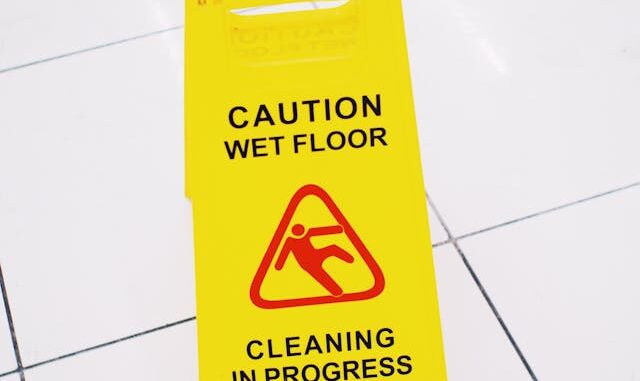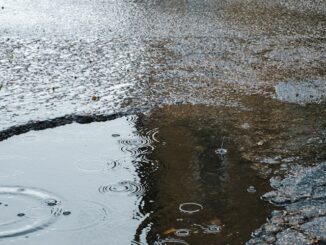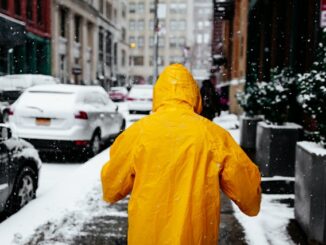
After a slip and fall accident in Ontario, the aftermath can be disorienting and painful. But amidst the initial shock, securing witness information becomes a critical step towards a potential personal injury claim. Witness testimony can significantly strengthen your case by providing an independent account of the events leading up to and following your fall.
This article guides you through the process of collecting witness information effectively in the aftermath of a slip and fall accident in Ontario.
Why Witness Information Matters
Imagine this: You slip and fall on a wet floor in a grocery store, sustaining a serious injury. Without witnesses, the property owner might deny responsibility, claiming you were at fault or that the hazard wasn’t present. Witness testimony, however, can corroborate your story and establish:
- The presence of the hazard: Witnesses can confirm the existence of the dangerous condition (wet floor, uneven pavement, etc.) that caused your fall.
- The property owner’s knowledge: If witnesses observed the hazard for some time before your fall, it strengthens the argument that the property owner should have been aware of the danger and taken corrective action.
- The severity of your fall and injury: Witnesses can describe the fall itself and your immediate reaction, providing valuable evidence of the extent of your injuries.
Gathering Witness Information at the Scene
The ideal scenario is to collect witness information immediately after the accident. Here’s how to approach it:
- Adrenaline Check: While the initial adrenaline rush might be strong, prioritize your safety. If you’re injured, seek medical attention first. However, if you’re able, proceed with the following steps.
- Identify Potential Witnesses: Look around for anyone who might have witnessed your fall. This could include bystanders, store employees, or security personnel.
- Approach Calmly and Politely: Introduce yourself and explain what happened. Briefly describe the fall and the cause (e.g., wet floor).
- Request Contact Information: Ask the witness if they’d be willing to provide their name, phone number, and email address. Explain that their testimony might be helpful in establishing what happened.
- Be Respectful of Time: Understandably, witnesses might be in a hurry. Keep the interaction brief and focus on collecting their contact information.
Tips for Effective Witness Information Collection
Here are some additional points to consider when collecting witness information:
- Take Notes: While collecting contact details, jot down a few key points about the witness’s observation. This could include their proximity to the accident, what they saw, and their overall impression.
- Ask for Details: If the witness seems receptive, ask clarifying questions. For instance, inquire if they noticed the hazard beforehand or if anyone else seemed to have slipped on it.
- Business Cards: If the witness is an employee of the property where the accident occurred, ask for their business card.
- Multiple Witnesses: If there are multiple witnesses, try to collect information from all of them. Each perspective can add valuable detail to your case.
- Take Photos/Videos: If possible, capture photos or videos of the scene of the accident, including the hazard that caused your fall. This can serve as supporting evidence and corroborate witness testimony.
Following Up with Witnesses
Once you’ve collected witness information, it’s crucial to follow up promptly. Here’s how:
- Express Gratitude: Thank the witness for their time and willingness to potentially provide a statement.
- Confirm Information: Double-check the contact details you collected to ensure accuracy.
- Prepare a Statement Request (Optional): If you have a lawyer, they might suggest sending the witness a formal statement request outlining the details of the accident and requesting their written account.
- Maintain Communication: While you shouldn’t pester the witness, a brief follow-up call or email can be helpful to refresh their memory before providing a statement, especially if a significant amount of time has passed.
When to Involve a Personal Injury Lawyer
The complexities of personal injury law, especially in slip and fall cases, often warrant the expertise of a personal injury lawyer in Ontario. Here are some scenarios where involving a lawyer is highly recommended:
- Serious Injuries: If your injuries are severe and require extensive medical treatment, a lawyer can guide you through the legal process and ensure your rights are protected.
- Liability Disputes: If the property owner denies responsibility for the accident or the cause of the fall is contested, a lawyer can handle the legal battle on your behalf.
- Insurance Involvement: If insurance companies are involved, a lawyer can represent your best interests and negotiate a fair settlement.
Your lawyer can effectively collect witness statements, analyze their accounts, and build a strong case to maximize your compensation.



